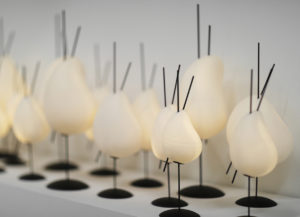The environmental emergency reshuffles the cards of massive globalization, ultimately harmful to human nature and to what makes it unique: its acquired gesture, the time needed to achieve perfection and the pursuit of innovation.
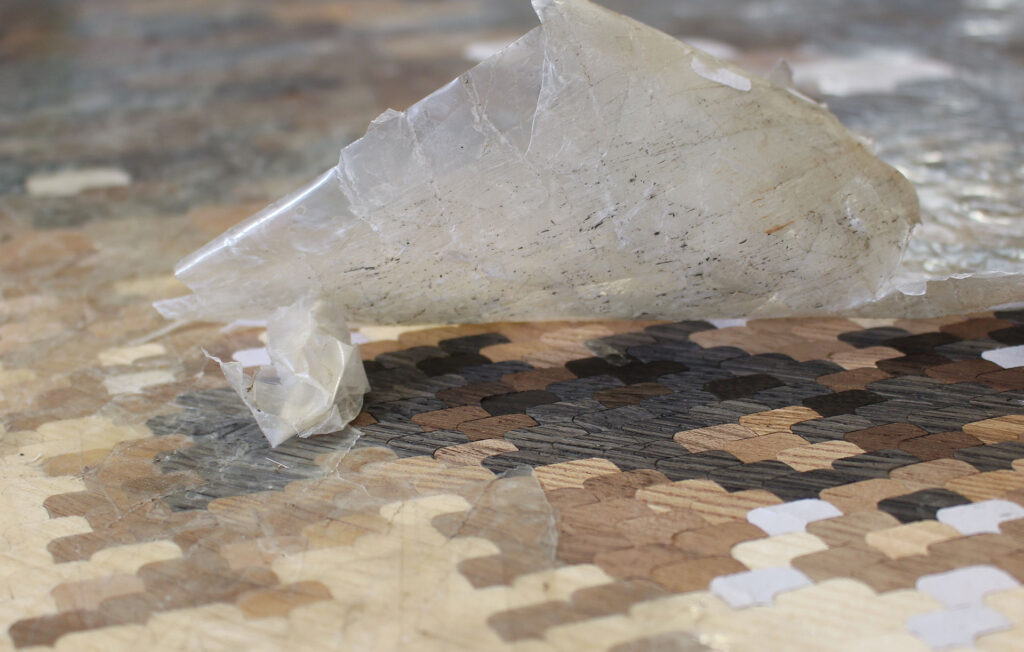
Slow Made: the groundswell of a natural revolution
In the last ten years, this movement, which was initially discreet, has become obvious. The analogy with what it claims completes its perfect demonstration: just as a craftsman refines his gestures every day to achieve perfect mastery of his art, Slow Made has used time in the same way. After a pandemic alerting us of the dangers of globalization, which is no longer based on human scale, and which pushes back the limits of time and space without measure, a desire to put the brakes on these unreasonable systems has emerged.
However, if the return to a human scale is indispensable, it is necessary to define what characterizes the human being and what singularizes his action, his movement in the world, in his environment.
Globalization provides a first answer to these questions: the manufacture of objects and their exchange are both the problem and the solution. By taking raw materials without worrying about their finiteness, by preferring the sickly accumulation to the reasoned acquisition, by investing in the mediocre ephemeral rather than in the qualitative perennial, our post-industrial societies have emphasized a disposable and interchangeable production, precisely ordinary.
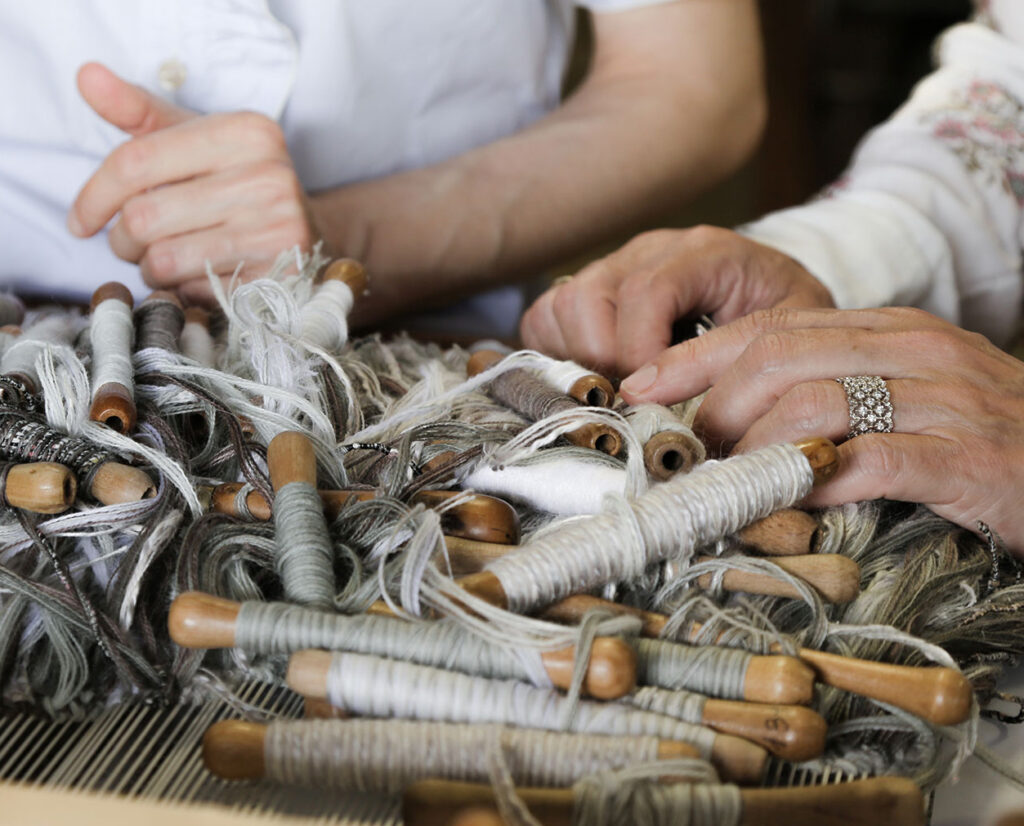
Taking the opposite approach, Slow Made claims to disengage from “the programmed obsolescence of the 20th century [to] promote programmed perennity”. At the heart of this approach is the requirement of a manufacturing process undertaken “with the necessary time”. In his Manifesto, Marc Bayard, head of the scientific and cultural development mission at the Mobilier National, art historian, exhibition curator and essayist, defines a new paradigm:
“Slow Made is not the praise of slowness but the valorization of a process that, if neglected, does not lead to a manufacture in the rules of the art. Thus, thinking about creative time in the long term constitutes in itself a cultural act of great significance.”
In #Slowmade, Manifesto of the human gesture. Éditions Les Influences, 2022
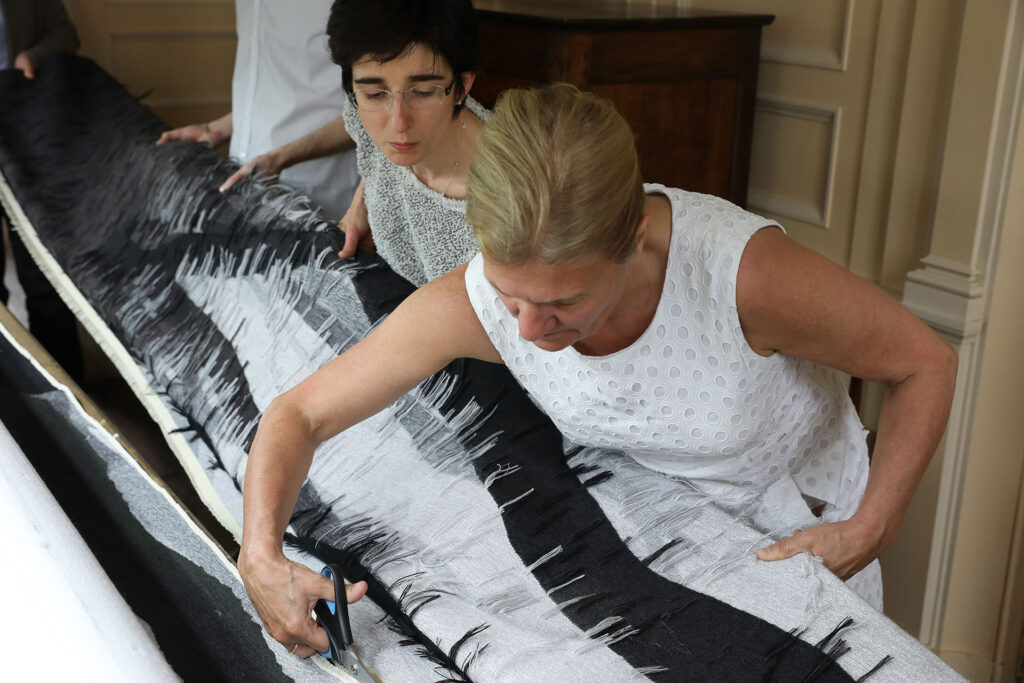
Six values define the contours of this form of production:
– Research: time for learning, design and reflection, experimentation and realization, dialogue and exchange.
– The gesture: a production that masters the know-how. A knowledge of the inherited or innovative gesture.
– Practice: linked to the ecological transition, to the ethics of human respect, to traditional or innovative materials and tools.
– Transmission: a commitment to transmit the values attached to the culture of time and knowledge.
– Ownership: the buyer becomes a responsible, informed and knowledgeable actor, a bearer of values to be shared and transmitted.
– Fair price: the Slow Made object is sold at a fair price that takes into account the time of development and manufacturing.
Six cardinal values that are, since 2009, the essence of the work of Valérie Maltaverne, head of the YMER&MALTA studio. Following the Slow Made Manifesto, and to initiate an eponymous quarterly magazine, it is she who is on the front page of the very first issue, consecrated as “authentic Slow Made artist”.
YMER&MALTA, the Quiet Luxury à la française
Museums in France and abroad, the Mobilier national and the Noguchi Museum, have recognized her as a “major contemporary figure in French furniture and decorative arts”. With YMER&MALTA, Valérie Maltaverne creates pieces of high technical craftsmanship, magnifying the gesture and its necessary time, reviving what has long been the value of things, “a set of elements constituted by know-how, time, size and materials.”
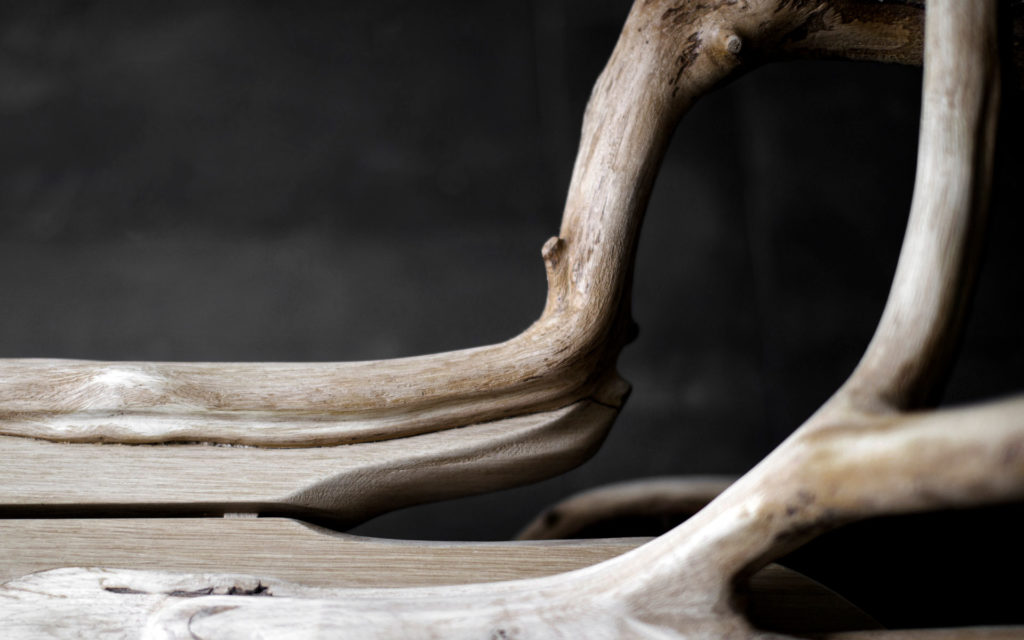
Valérie Maltaverne pushes this French heritage know-how to its limits in order to bring out new gestures and new ways of working. Fully aware of the abundant creative wealth coiled in the mastery of ancient and repeated gestures, she considers, like Marc Bayard, that “the past of a gesture, first of all the heritage of a knowledge and a practice, but also the result of a subjective accumulation, is the consequence of a transmission: the know-how is a heritage. It then manifests itself in the present of contemporary creation.”
Thus taking shape what could not have happened without this conviction, without this prescience of the inexhaustible creative potential of human gesture. The block of marble becomes as light as a feather, the leather stretches to unprecedented lengths, the linen becomes a composite material. But this is not without difficulty. Time is the key factor in such undertakings. For it is necessary to think differently about age-old gestures, to look at a material from a new angle, to try, to fail, to start again, until the result is perfect.
This model does not fit into any mass consumption box. The objects are neither interchangeable nor produced quickly. They do not respond to a capricious fashion but seek timelessness. It is an asserted and claimed choice that Marc Bayard summarizes in his Manifesto:
“The immaterial resource of time, taking the form of buried memories, research and experimentation, constitutes the investment vector of the future.”
It is indeed an investment. For these objects have a cost: an environmental, human, social and heritage cost that is beneficial. YMER&MALTA’s creations are an invitation to reconsider our relationship with objects, to move away from profusion as a social marker in favor of rarity, the custom-made piece, attentive to the value of a human heritage and the preservation of natural resources.
“In a perspective of distinction through purchase, the manufacture of an object resulting from a know-how and requiring time positions the consumer in another way. The status of the item elaborated according to processes involving time and precise gesture changes the nature of manufacturing and consumption.”
Quietly, Valerie Maltaverne creates with YMER&MALTA, the quintessential home woven of Quiet Luxury: discreetly luxurious and luxuriously crafted.
